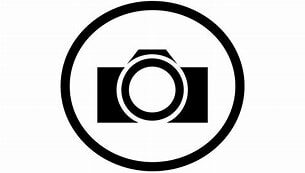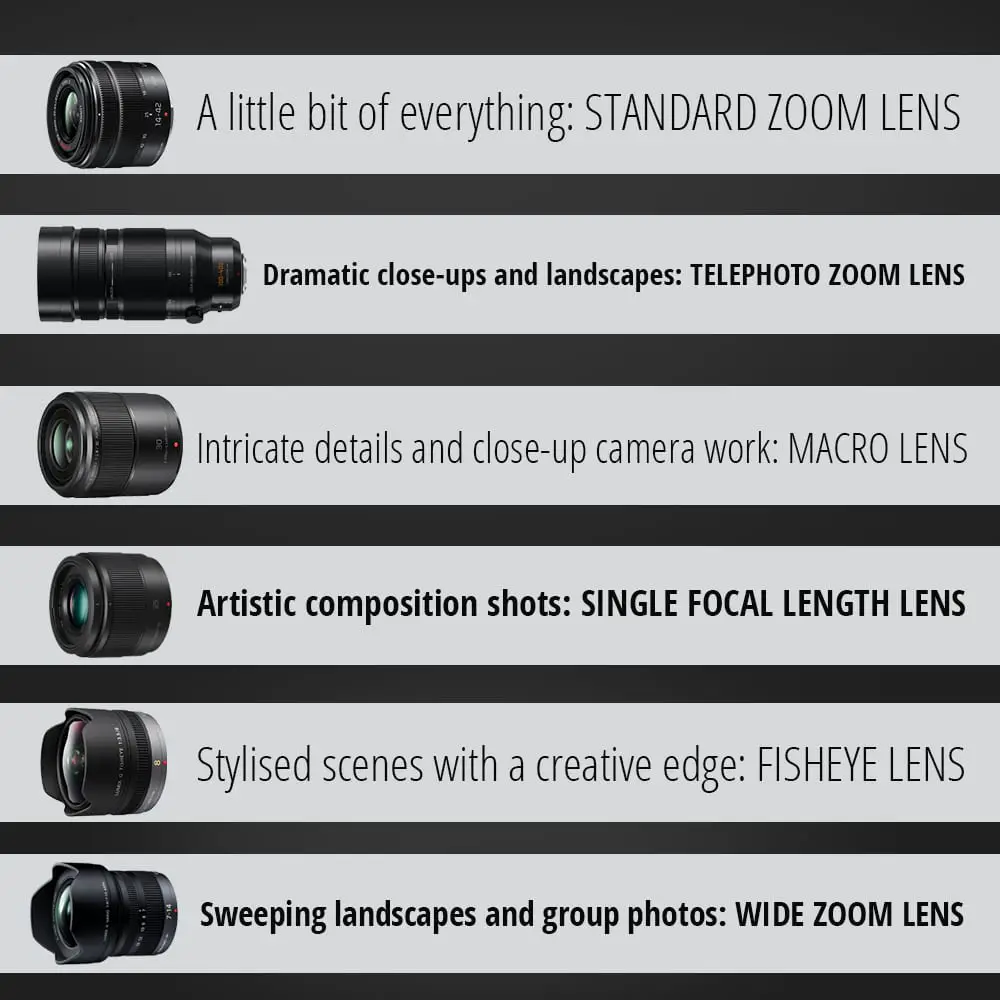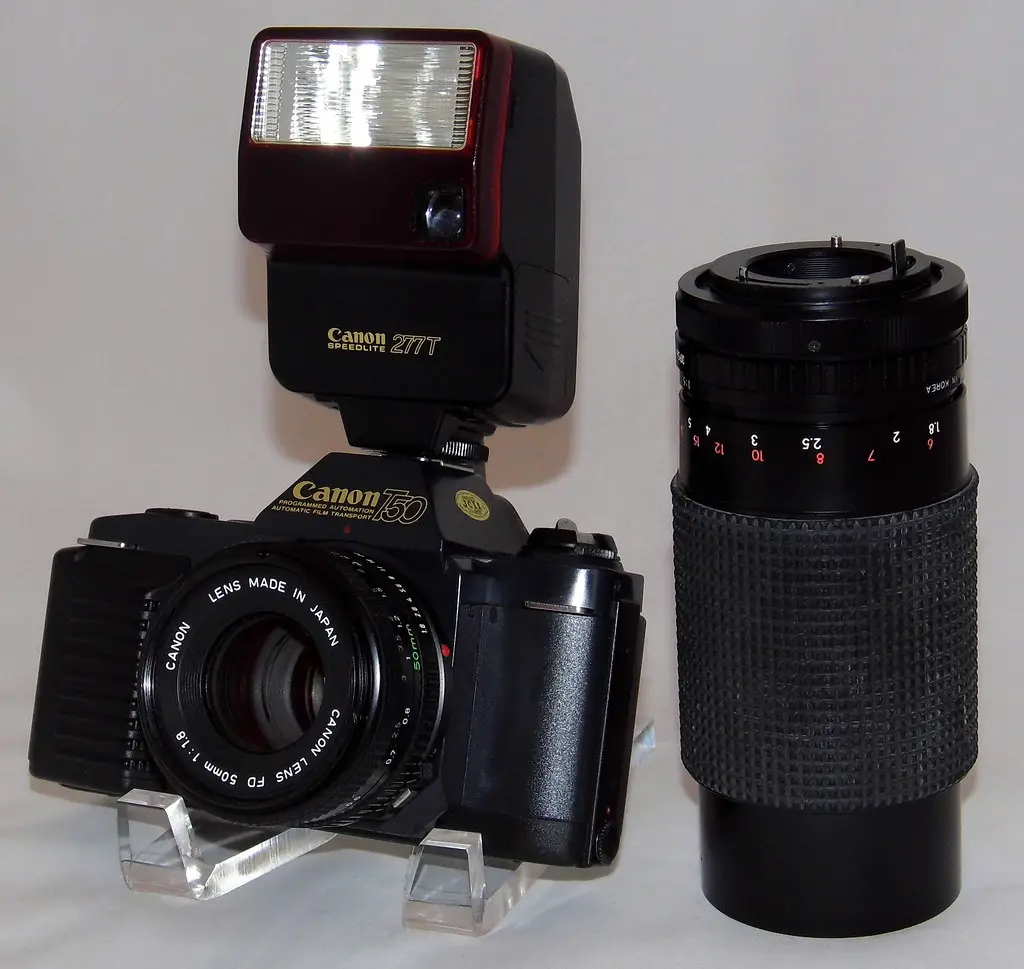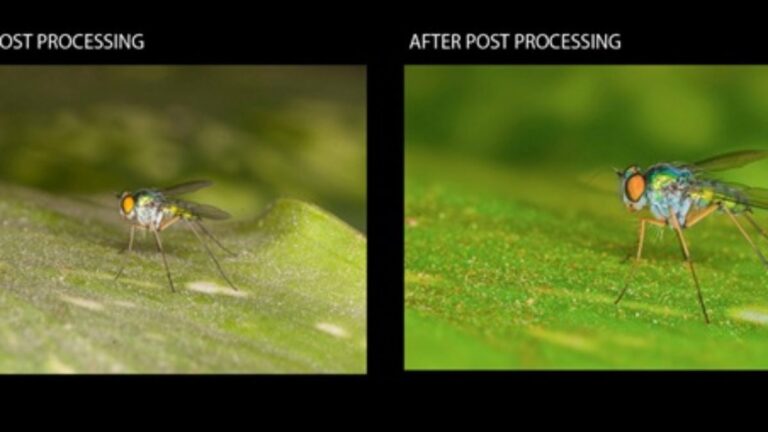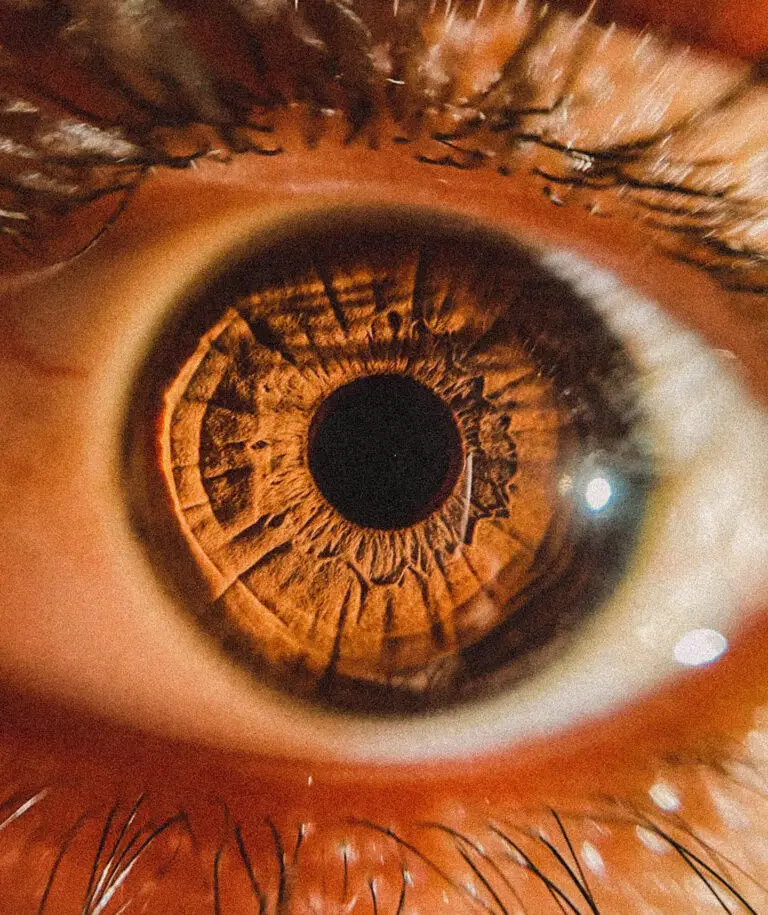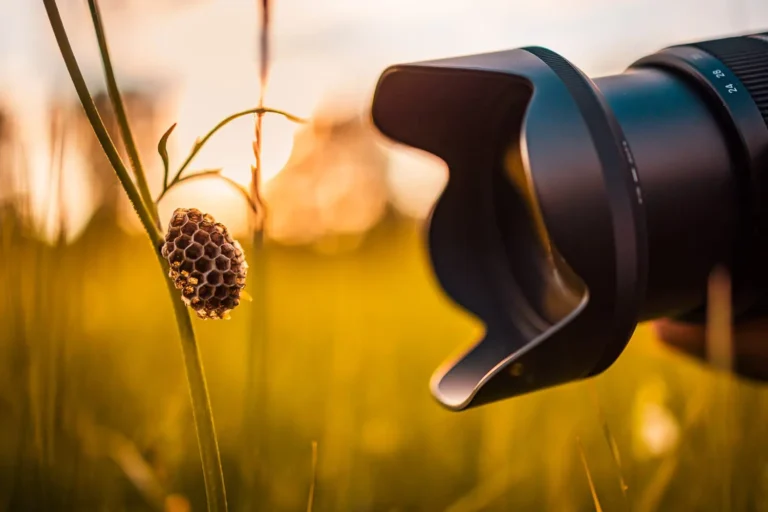Choosing the Right Macro Lens: Prime vs. Zoom for Close-Up Photography
Macro photography is a world of its own. In this universe, ordinary objects can transform into extraordinary features of nature, revealing captivating details that often go unnoticed. To bring these miniature worlds to life, the macro lens is your passport. But when it comes to selecting the ideal macro lens, photographers face a pivotal choice: prime or zoom? This extensive guide is designed to illuminate the way, exploring the nuances of prime and zoom macro lenses to help you make an informed decision that aligns with your vision and expertise.

Understanding Macro Lenses
A macro lens is not just another piece in your photography arsenal; it’s a precision tool tailored to capture extreme close-ups with meticulous detail. Constructed to focus at very close distances, these lenses ensure that subjects are represented at a 1:1 magnification ratio, or even greater, allowing for life-sized or larger-than-life depictions.
But when standing at this crossroad, what sets prime and zoom macro lenses apart?
The Prime Lens Experience
Prime macro lenses are celebrated for their innate sharpness and remarkable image quality. By eschewing the complexities associated with zoom functionality, prime lenses are often able to deliver far superior results in terms of clarity and optical performance. With a single, fixed focal length, every element within the lens is optimized to perform at its peak, offering photographers the crispest images possible.
One of the prime lens’ most cherished traits is its ability to open up to wider apertures, giving you greater control over depth of field and bokeh. This expansive field of view does wonders when isolating subjects, turning the background into a velvety blur that artfully guides the viewer’s eye to the main attraction. Furthermore, prime macro lenses tend to be more compact and lighter, making them a discreet companion for your close-up excursions.
The Versatility of Zoom Lenses
On the other hand, zoom macro lenses bring a compelling adaptability, providing intrinsic focal range variety within a single piece of glass. For spontaneous photography or when working with live subjects, the convenience of zooming in and out to frame your shots without altering your physical position can be invaluable. Not to mention, a quality zoom lens can offer a cost-effective solution for covering multiple focal lengths that otherwise would require several prime lenses.
By no means does the zoom lens sacrifice quality. With advances in lens technology, zoom macro lenses are becoming increasingly sophisticated, capable of delivering images that can rival those produced by prime lens counterparts.
In essence, the prime vs. zoom macro lens debate is not about which is superior; it’s about which aligns with your preferences and shooting requirements.
Advantages of Prime Macro Lenses
Diving deeper into the world of prime macro lenses, several factors set them apart as the go-to choice for many dedicated macro photographers.
Unmatched Image Quality
The fixed focal length and simpler internal structure of prime lenses eliminate the potential optical aberrations and distortions that can be introduced by the moving elements within zoom lenses. This results in consistently sharp and high-resolution images with minimal fringing, even at larger apertures—a significant advantage when working with such fine details.
Bokeh and Wide Apertures
For bokeh enthusiasts, the allure of prime macro lenses is irrefutable. Wider apertures—commonly f/2.8 or even f/2—create a shallower depth of field, enhancing the aesthetic appeal of out-of-focus areas and allowing subjects to pop against a creamy, blurred background.
Portability and Design
Prime macro lenses are renowned for their sleek and slender designs. The simplicity of a single focal length allows for a more compact form, making them easier to handle and transport. Whether you’re trekking through the wilderness in pursuit of tiny flora or navigating bustling urban environments, the portability of prime lenses is a noteworthy benefit.
Advantages of Zoom Macro Lenses
Zoom into the domain of the zoom macro lens, and a different array of advantages emerges, showcasing their versatility and practicality.
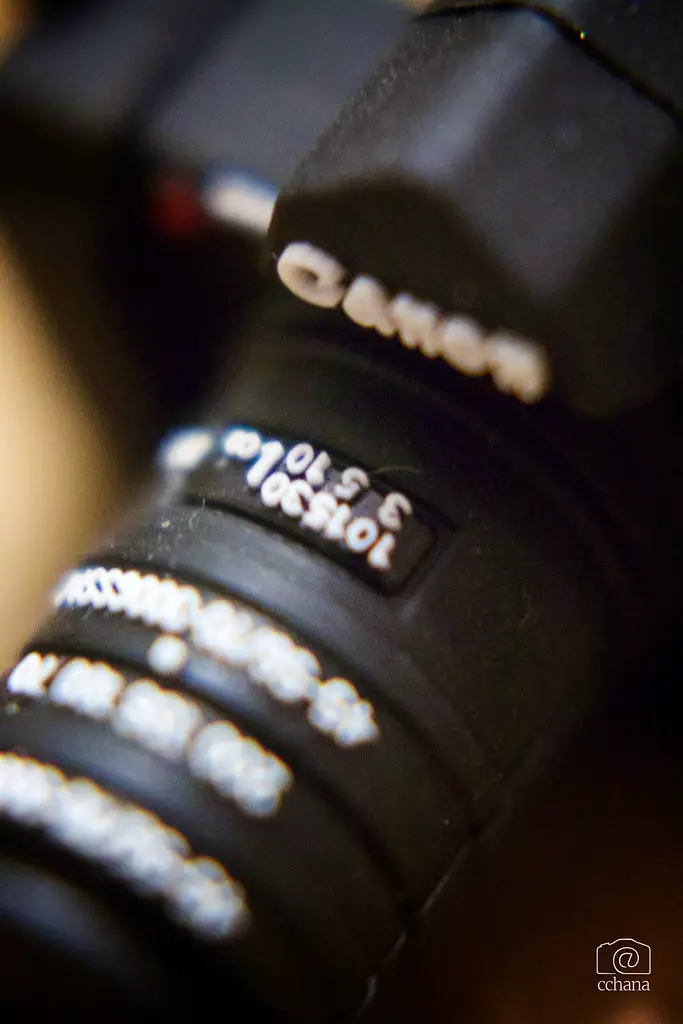
Focal Length Flexibility
A zoom macro lens can behave like multiple prime lenses rolled into one. The ability to vary focal lengths—commonly within a range of 24-70mm or 70-200mm—means you can quickly adapt to different shooting scenarios without swapping lenses. This convenience is especially beneficial when capturing dynamic subjects that require rapid adjustments.
Greater Working Distance
Many zoom macro lenses offer a longer working distance, which can be a considerable asset when photographing live subjects, such as insects or flowers, that might be sensitive to disturbances. The added distance also provides room for lighting configurations, allowing you to illuminate your subject without casting shadows from the lens.
Cost-Effectiveness
Investing in a single zoom macro lens can be more economical than purchasing several prime lenses. This makes it an attractive option for photographers who are cost-conscious and desire a wide range of capabilities without a steep financial commitment.
Factors to Consider When Choosing
Your decision between a prime or zoom macro lens should not be taken lightly and must be reflective of your specific needs and conditions.
The Budget Conundrum
One of the most significant factors that influence the choice is your budget. Prime macro lenses with their specialized designs and premium quality often come with higher price tags, while zoom lenses can offer more financial flexibility. Consider the long-term investment and how the cost aligns with your priorities and future growth as a photographer.
Style and Preferences
Think about your creative style and the subjects you typically shoot. Are you a purist who values ultimate clarity and the artistic effects of a prime lens, or do you prefer the adaptability and ease of use that a zoom lens can provide? Your preference here can be the decisive factor in your decision.
Technical Accompaniments
Technical specifications such as maximum magnification, minimum focus distance, and optical stabilization should not be overlooked. Analyzing these details in relation to your shooting habits, the size of your subjects, and the conditions in which you plan to work will help fine-tune your selection process.
Comparison and Recommendations
The prime lens shines when precision and artistic expression are paramount. For controlled environments, still-life setups, and photographers who are steadfast in their pursuit of perfection, a prime macro lens can be the most rewarding companion.
However, if you’re a photographer who values adaptability without significant trade-offs in image quality, a zoom macro lens may offer the perfect blend of versatility and performance. It can be an advantageous tool in the hands of a wildlife photographer, for example, who may encounter unpredictable shooting conditions.
Conclusion
The macro lens you choose is not just a tool—it’s an extension of your vision and a means to engage with the often unseen intricacies of the world. Whether you opt for the precision of a prime macro lens or the adaptability of a zoom lens, the key lies in understanding your unique perspective and craft. It’s about the story you want to tell and the experience you want to create for your viewers. With this guide as your compass, you’re well-equipped to make the right choice in your quest to magnify the unseen and capture the essence of macro photography.
